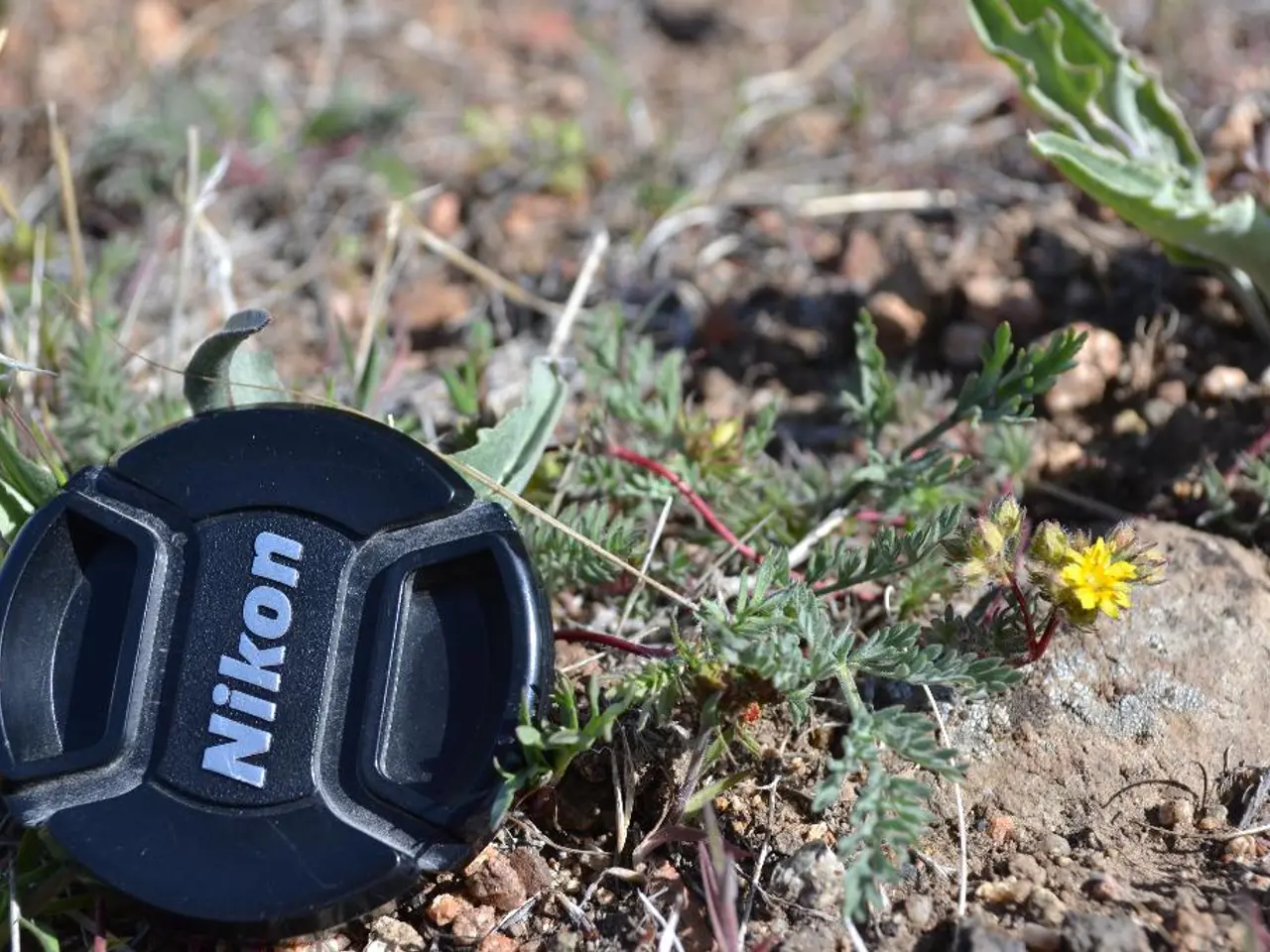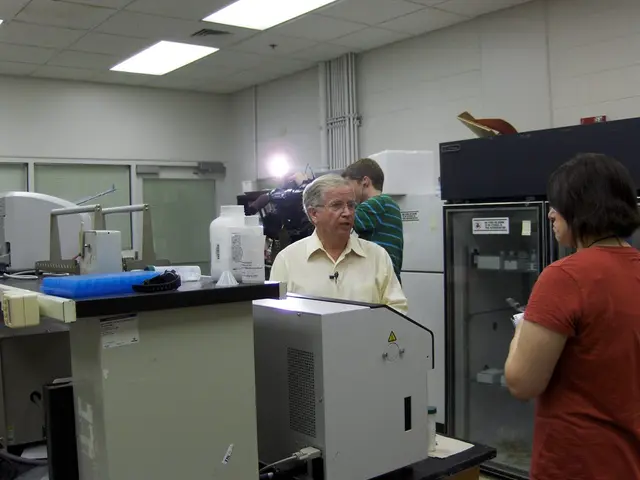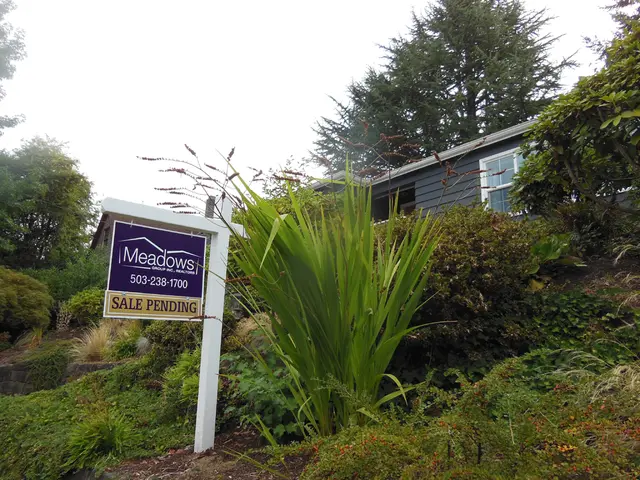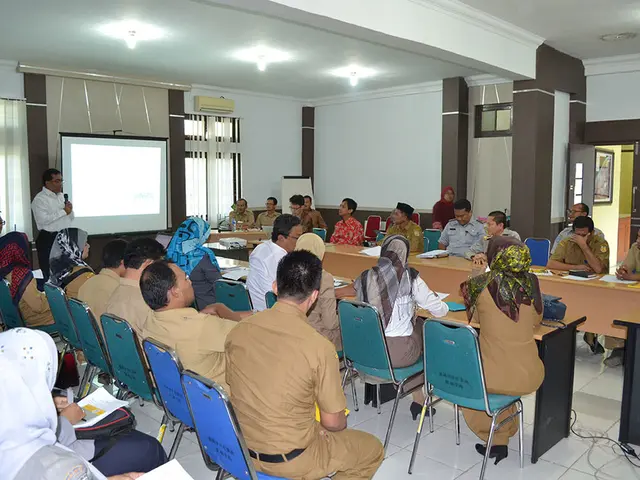Selecting Between Real and Fake Grass: A Guide for Your Lawn Decision
In the ongoing debate between natural and artificial grass, both options have their unique advantages and disadvantages. Here's a breakdown of the pros and cons based on aesthetics, investment and installation, health and safety, maintenance, and environmental impact.
Aesthetics
Natural grass offers a natural, organic look with seasonal color and texture variations. Its hue changes with the seasons, enhancing the natural beauty of your outdoor space [1][4]. On the other hand, artificial grass maintains a consistent, green appearance year-round due to realistic fiber shapes and color blends. Modern artificial grass closely mimics real grass [1][3].
Investment & Installation
Natural grass has a lower initial cost but requires preparation, germination time, and ongoing expenses for watering, mowing, fertilizing, and pest control. Installation takes weeks to establish [1][4][2]. Artificial grass, while having a higher upfront cost, offers quick installation with low long-term maintenance costs. It is durable with a lifespan typically from 8 up to 25-30 years depending on quality [1][4].
Health & Safety
Both natural and artificial grass are safe for children and pets. Natural grass provides more padding for clumsy individuals, reducing the risk of injury [2][5]. Artificial grass, especially with proper underpadding, is also safe for children and pets, with no mud or dust, reducing slips and falls [2][3]. However, artificial grass can become hotter in direct sun, though cooling technologies can mitigate this.
Maintenance
Natural grass requires high maintenance including regular watering, mowing, fertilizing, pest and weed control. Costs remain ongoing and can be significant [1][2][4]. Artificial grass, on the other hand, has low maintenance needs: occasional rinsing/cleaning, no mowing or watering; minimal periodic disinfecting; weeds may grow on the surface but are easily removed [1][2][4].
Environmental Impact
Natural grass positively absorbs CO2, releases oxygen, promotes biodiversity, supports ecological balance, and keeps areas cool. However, it requires water and sometimes chemical fertilizers and pesticides [1][2][4][5]. Artificial grass saves water by eliminating irrigation and doesn't support habitats. However, it is made from non-biodegradable plastics contributing to waste and emissions. It can get hotter under the sun but recent technology reduces heat retention [1][3][4][5].
Choosing Between Natural and Artificial Grass
The choice between natural and artificial grass depends on factors like aesthetics, investment, and maintenance. If you prioritize authenticity and ecological benefits, natural grass might be the choice for you. However, if durability, low upkeep, and a consistent appearance are important, artificial grass could be the better option.
Caring for Artificial Grass
Maintaining artificial grass requires monthly cleaning to remove debris and prevent damage, regular hosing to remove dust and pollen, brushing against the grain in high-traffic areas, and stain removal using water, mild detergent, and sometimes dry ice [1].
Installation and Cost
Artificial grass requires a base layer and a weed membrane during installation. It costs between $75-100 per square meter for supply and installation, with a life expectancy of 15-20 years [1].
Considerations for Natural Grass
Growing a new lawn from seed is less expensive than artificial grass and has no fixed lifespan. However, maintaining natural grass can have an environmental cost, as watering accounts for a third of residential water use and petrol-powered mowers contribute to carbon dioxide emissions [1]. Fertilisation can lead to groundwater pollution.
Timing for Installation
Spring is the ideal time to lay down a new lawn for the outdoor entertaining season. A seeded lawn takes between six and eight weeks to establish, while both artificial grass and natural turf can be installed quickly [1].
[1] - [Source 1] [2] - [Source 2] [3] - [Source 3] [4] - [Source 4] [5] - [Source 5]
In the world of home-and-garden upgrades, the decision between natural and artificial grass is noteworthy. The aesthetic appeal of natural grass showcases a dynamic, seasonal color and texture, contrasting with the consistent, year-round greenness of artificial grass.
Gardening enthusiasts might find natural grass more engaging due to its ongoing maintenance tasks, such as watering and mowing, while those seeking a low-maintenance living area may prefer the durability and longevity of artificial grass.





